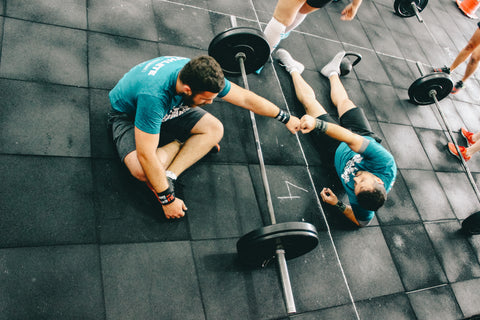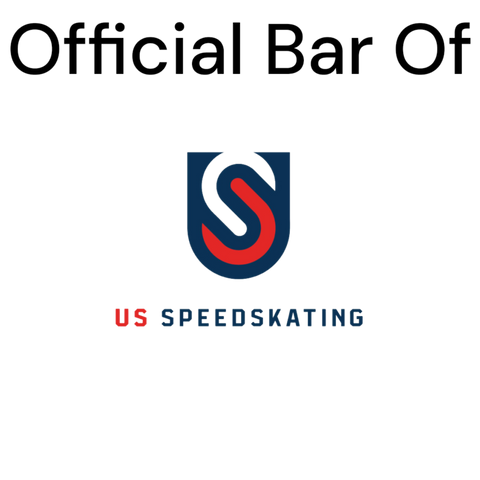Meat and eggs aren’t the only sources of protein on the food pyramid. Many people, both young and old, have decided to ditch meat in place of an all-plant-based diet. As more folks turn to plants, it is important to establish an alternative source of protein before diving fork-first into veganism.
How Much Protein Do I Need as a Vegan?
The amount of protein you need depends on your calorie requirements. For example, if you live a sedentary lifestyle, your caloric needs will be different than that of someone trying to gain muscle.
Ignore those who claim vegans will never get enough protein compared to omnivores. Focus on paying attention to your macronutrient numbers and ensure you’re introducing nuts, seeds, and legumes into your diet.

Ways To Get Enough Protein as a Vegan
Vegans are not the same as vegetarians. Veganism is the complete exclusion of animal products from one’s diet—even eggs and milk. Below are six ways you can introduce a sufficient amount of protein into your vegan diet.
Eat Vegetable Sprouts
Getting your protein from plant sources is one of the best ways to implement it into your vegan diet. Eating vegetable sprouts or shoots is a great way to do this. Instead of throwing away the sprouts or shoots, eat them. They have great nutritional value with high protein content. Try eating sprouted beans, lentils, and peas, or get creative with sprouted salads and sandwiches.
Choose Protein-Rich Vegetables
Humans consume far too many processed foods in their diets. Instead of eating processed foods, opt for a healthy balance of whole, unprocessed vegetables. Great sources of protein-rich vegetables include lima beans, kale, green beans, and more. Other sources can include broccoli, mushrooms, and big leafy green vegetables.

Stick To Whole Grains, Not Refined
Refined grains are grains that have been stripped of their bran and germs. Bran and germs contain the most protein, so once they have been stripped away, the grains are quite lackluster in the nutritional department. White bread and white rice are classic examples of refined grains. Choose whole grains, uncooked rice bran, or raw oats and quinoa over any “white” branded foods.
Work Protein-Rich Legumes Into Your Diet
Beans are the small but mighty powerhouse of a great vegan diet. With 28.6g of protein per cup of soybeans and 30.8g of protein per cup of tempeh, protein-rich legumes are by far the best way to work protein into your diet. Factor in legumes like split peas, lentils, white beans, black beans, kidney beans, and more for an easy way to meet your protein requirements.

Snack on Nuts and Seeds
Who doesn’t love a good snack? We sure do at Rise Bar. Snacking on nuts and seeds not only helps implement more protein into your diet, but it also helps lower bad cholesterol. Snack on protein-rich bars like our Plant (Vegan) Protein Bar — a snack bar full of organic cashews, coconut nectar, pea protein, and organic lemon extract.
Amino Acids
Finally, you’ll want to ensure you’re getting a healthy amount of amino acids in your vegan diet. Combine food sources like oats and vegan protein powder to make sure your body is getting an adequate amount. Other combinations include rice and peas or chili and beans.
Vegan Snacking Should Never Boring
Since day one, Rise Bar’s mission has remained the same—to create a protein bar with five ingredients or less. Rise Bar’s Vegan Protein Bars are the perfect addition to any vegan diet. Snack like you mean it, and enjoy every bite of Rise Bar’s simple, healthy protein bars.




